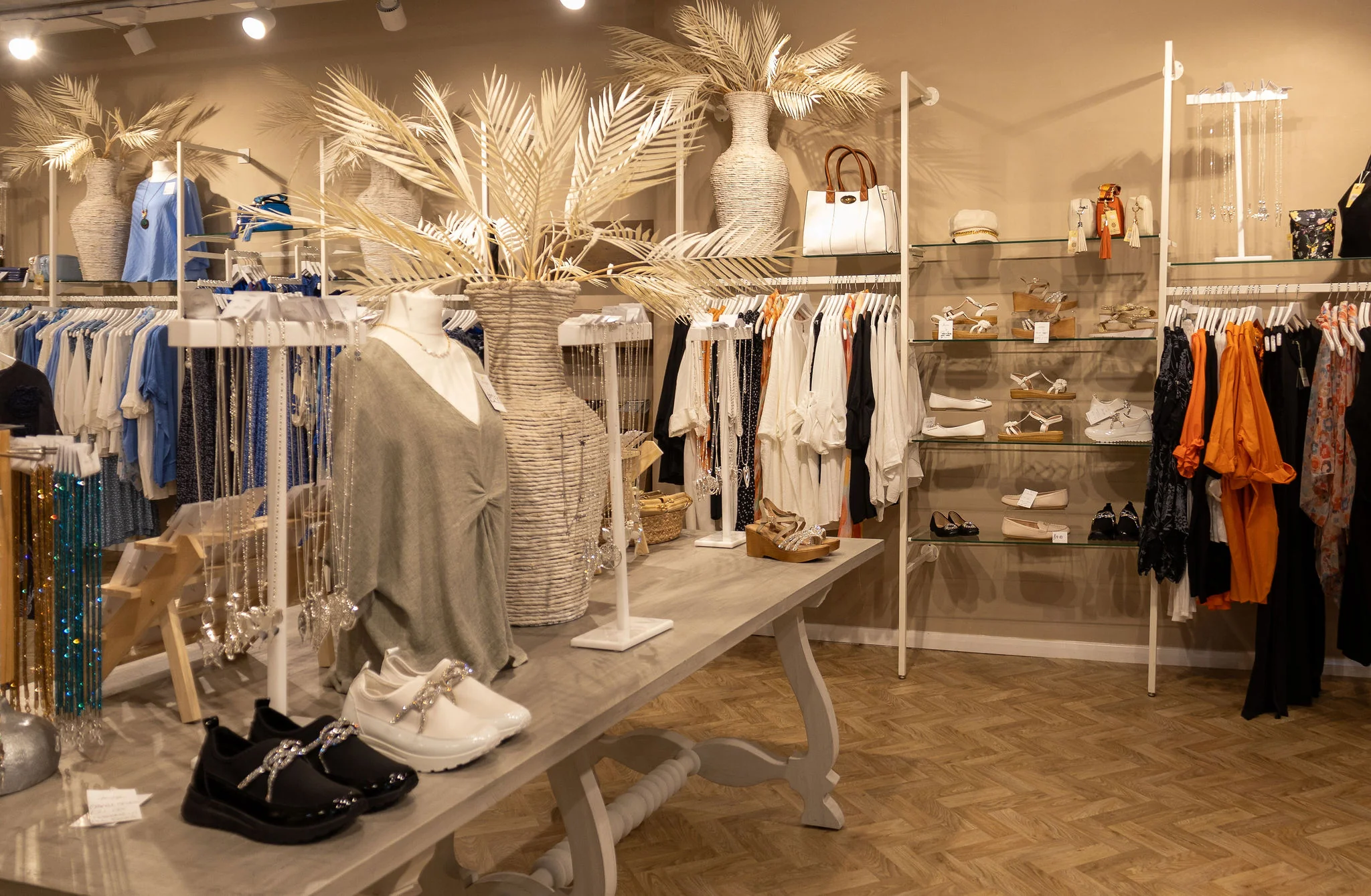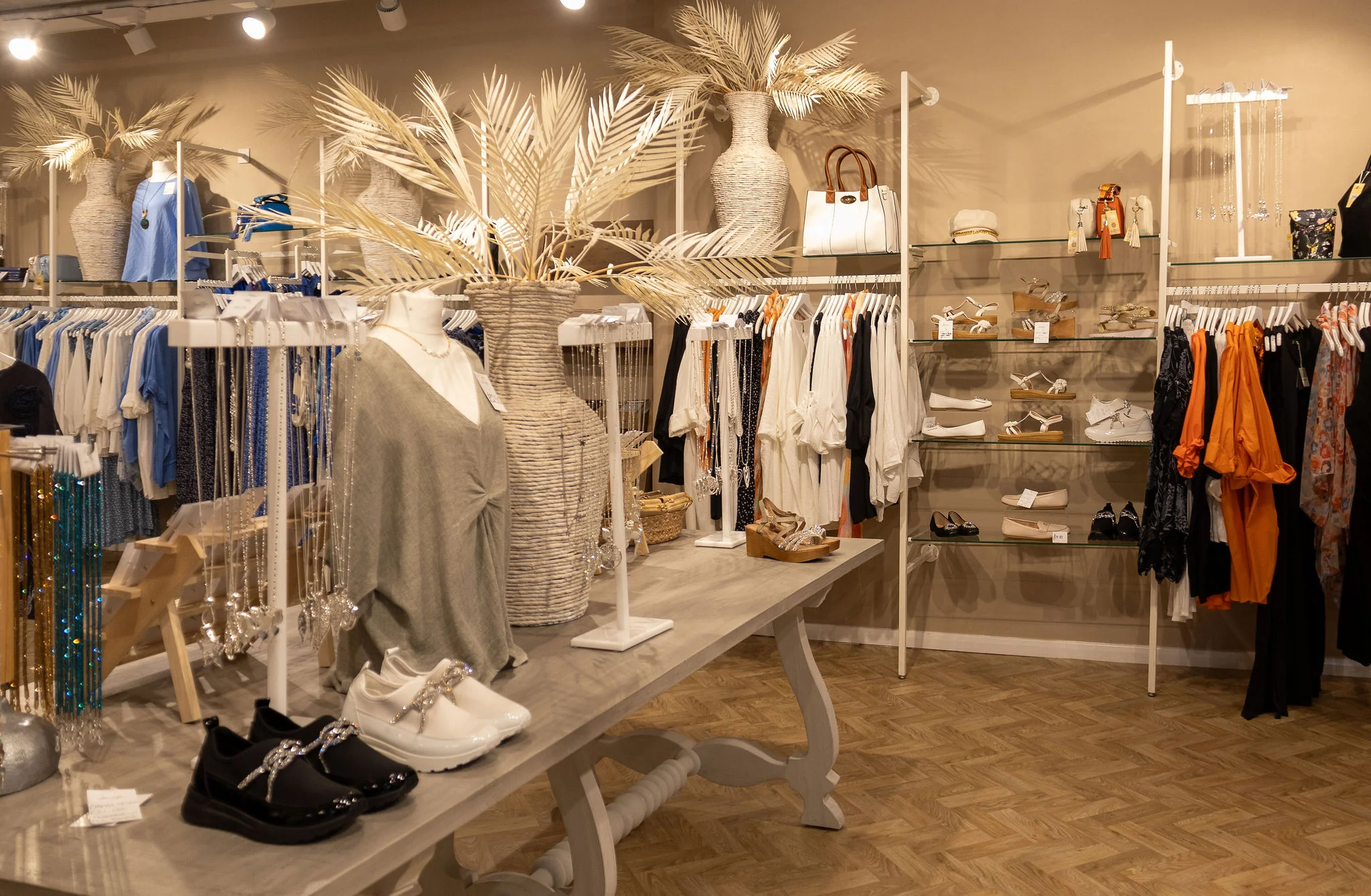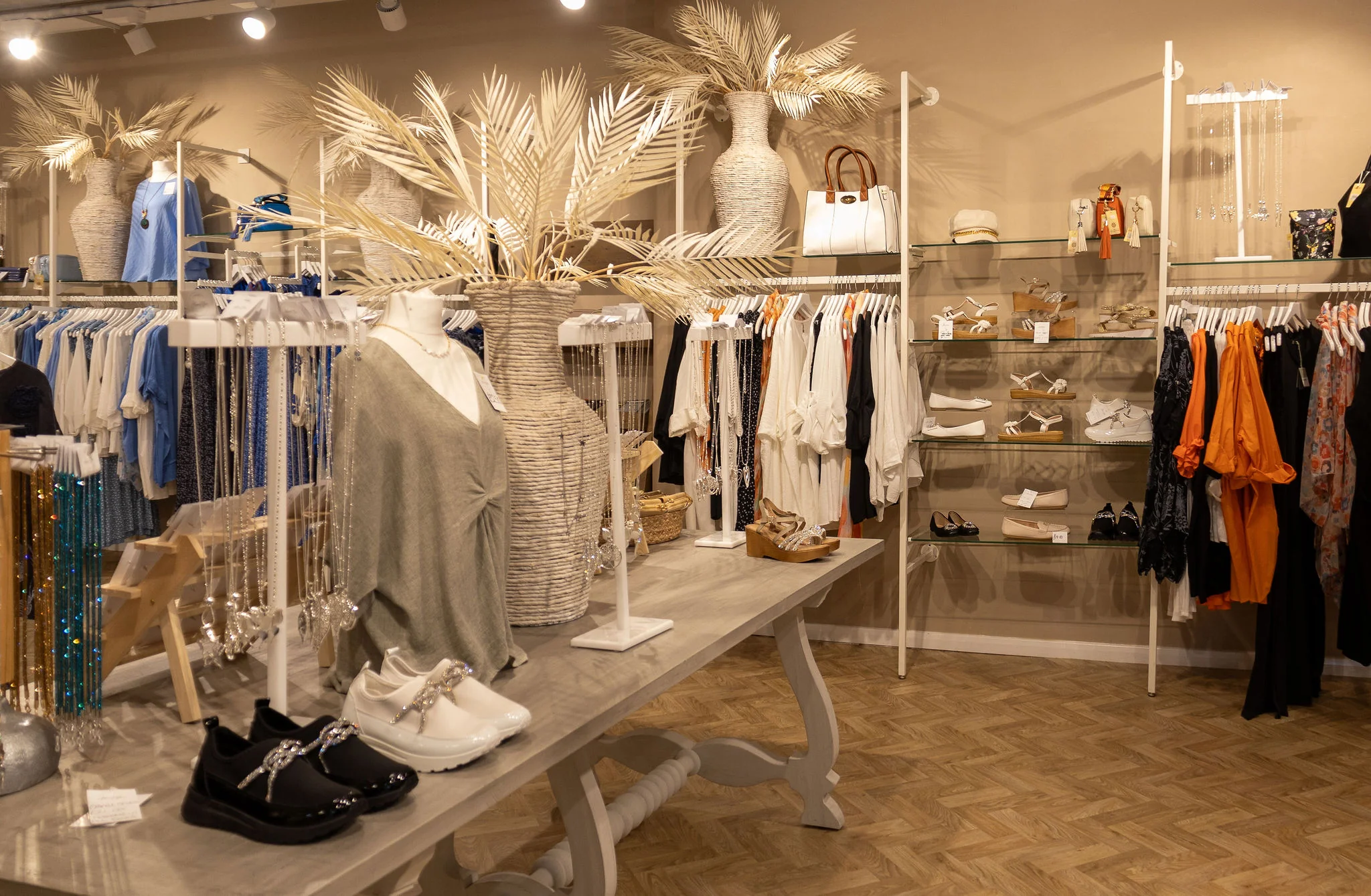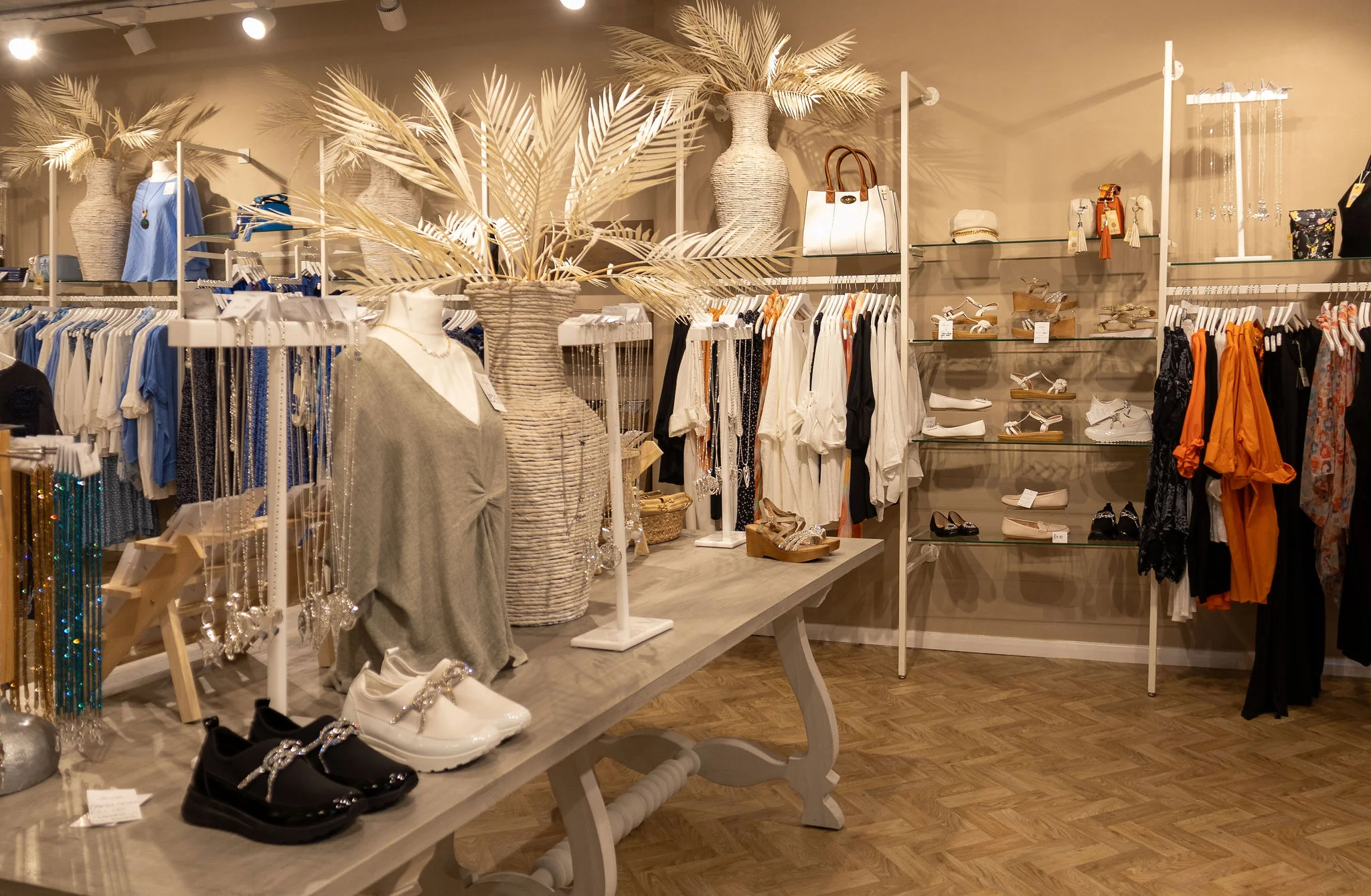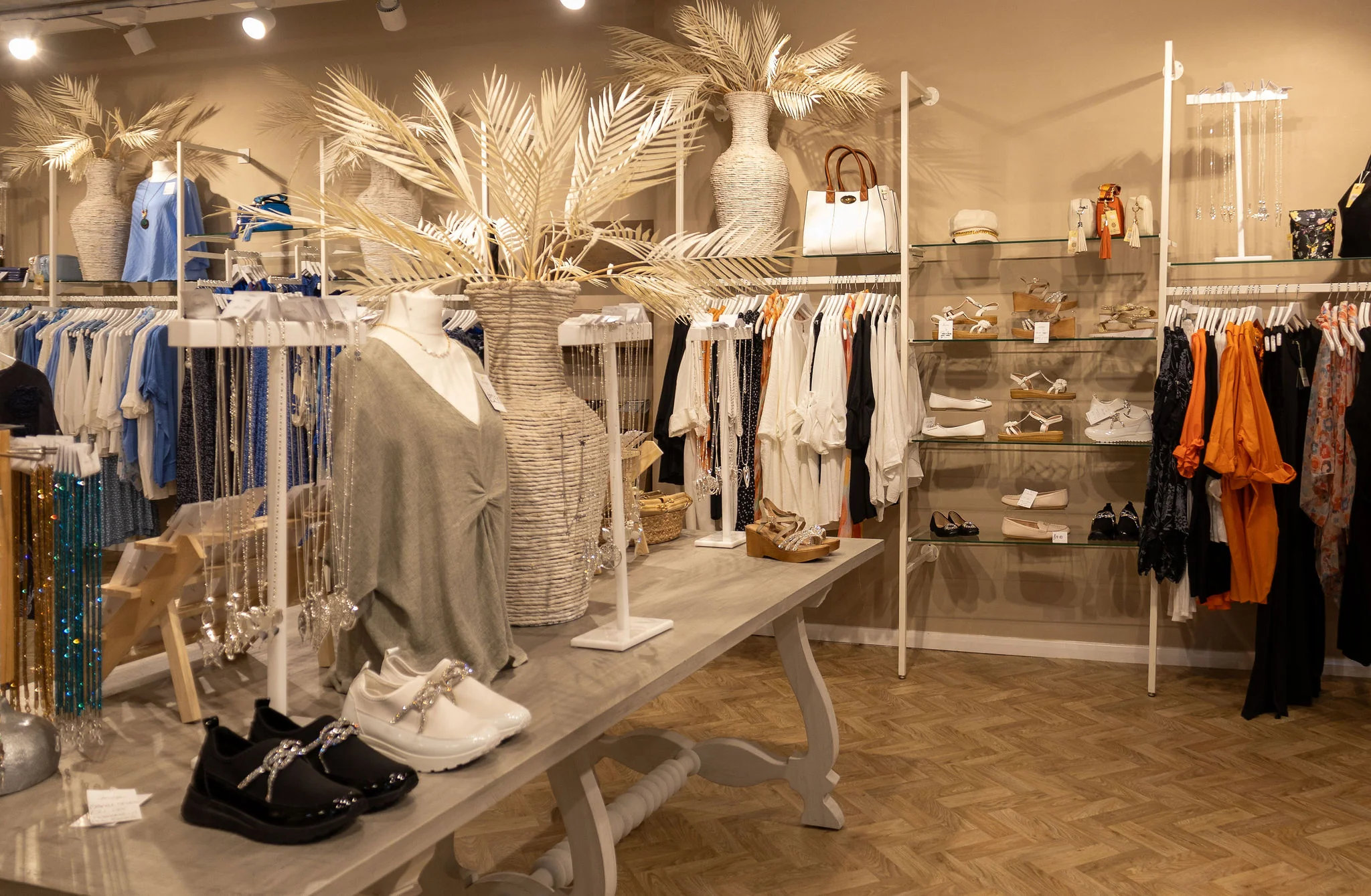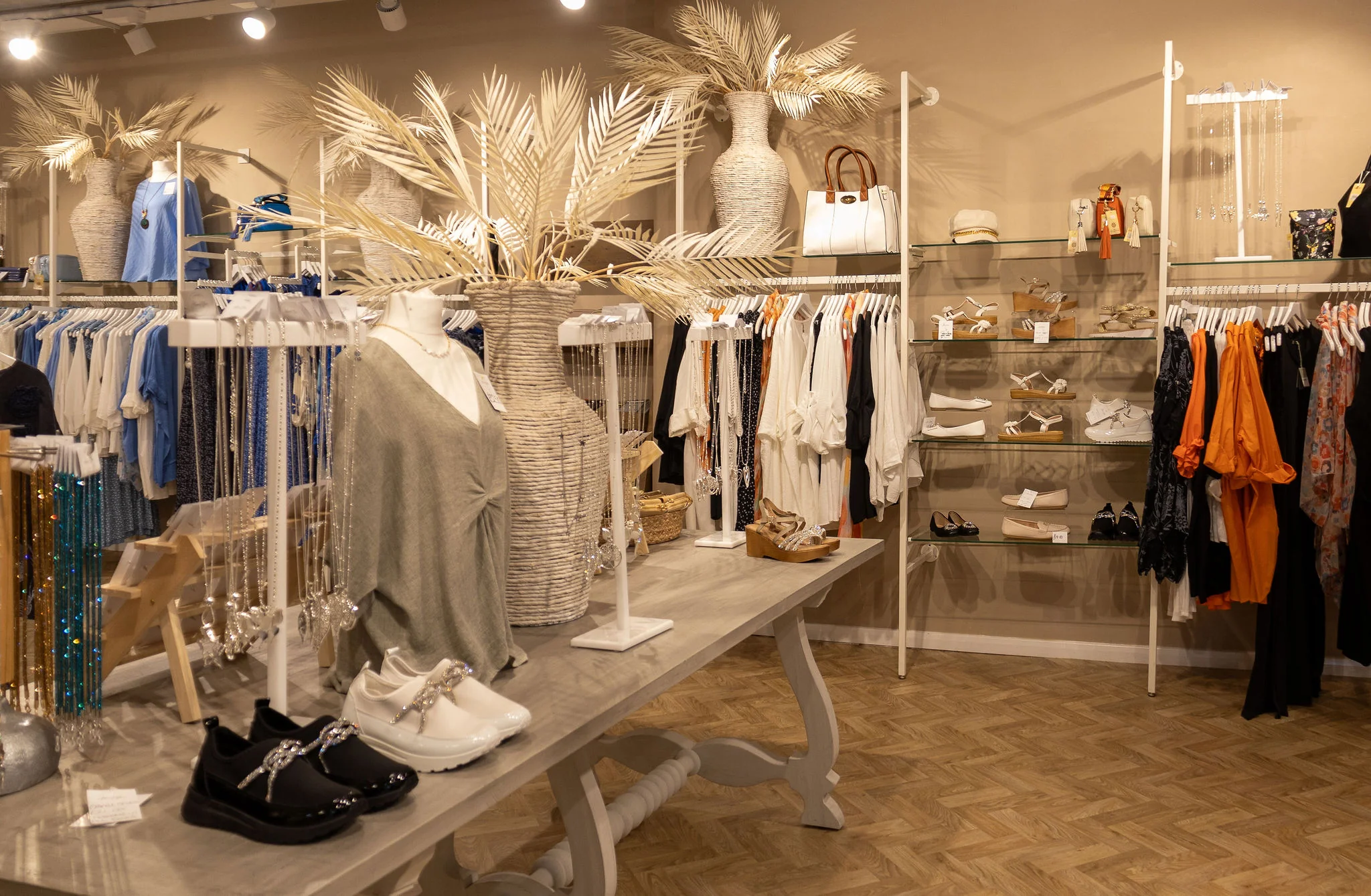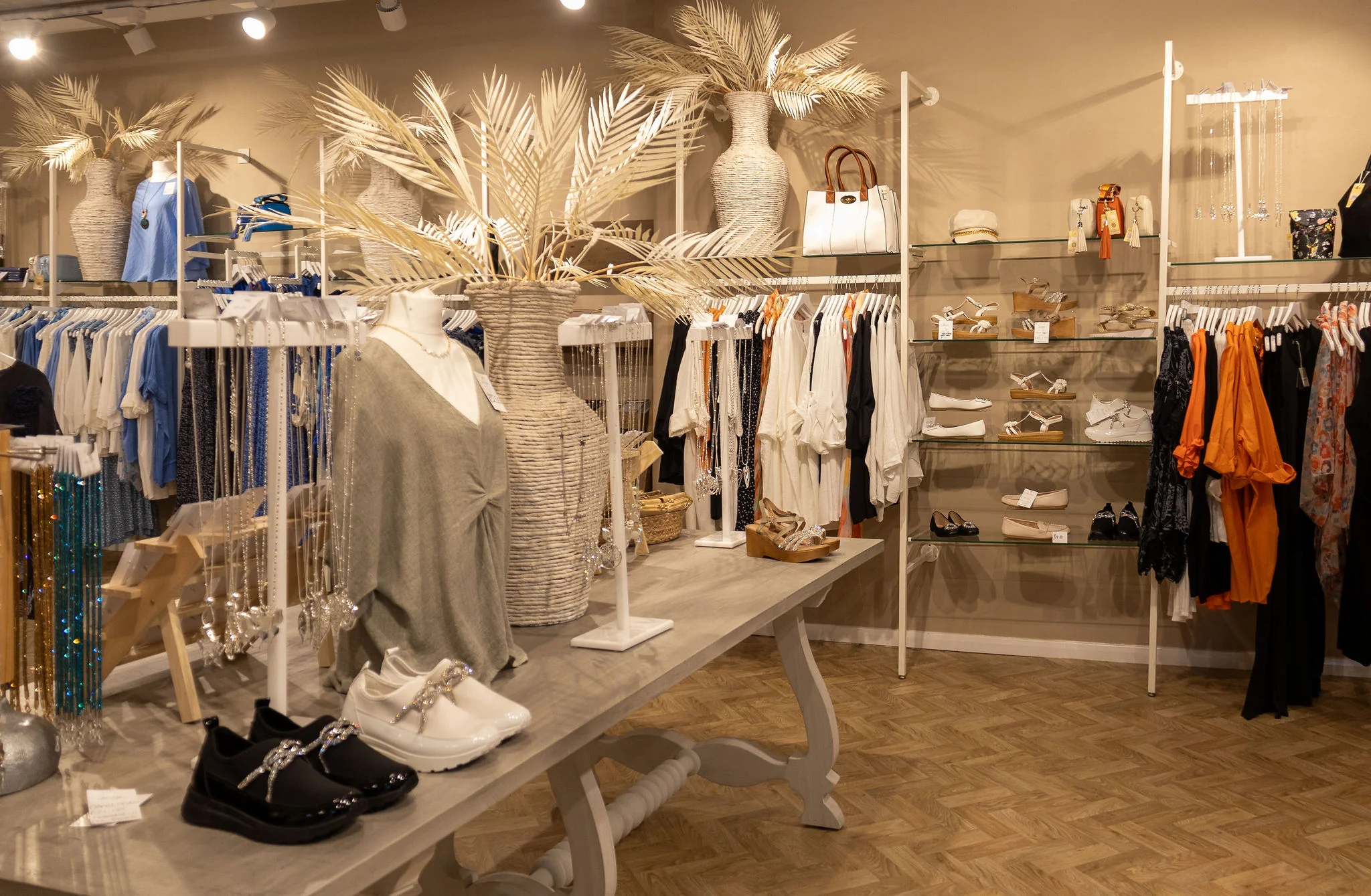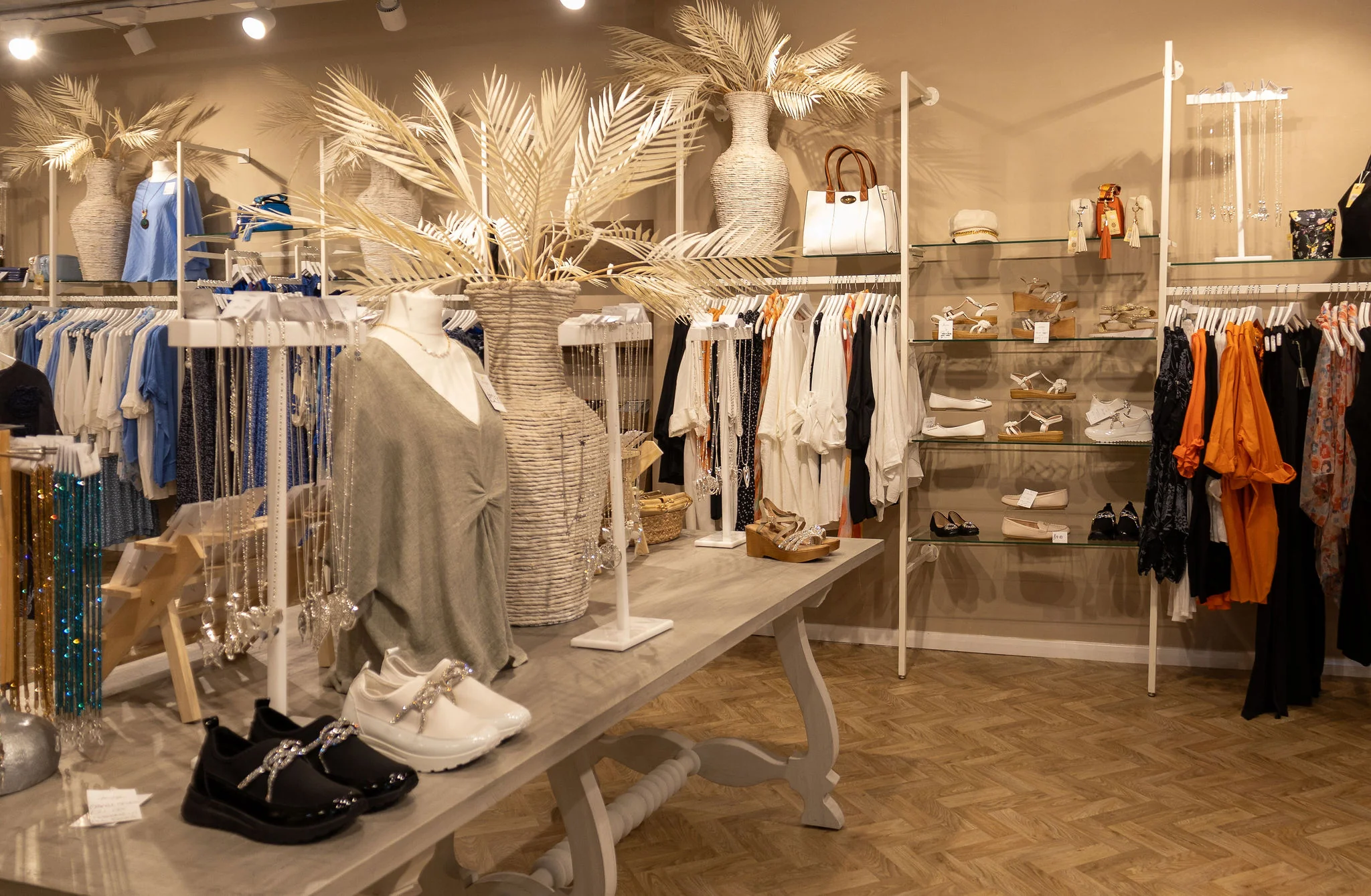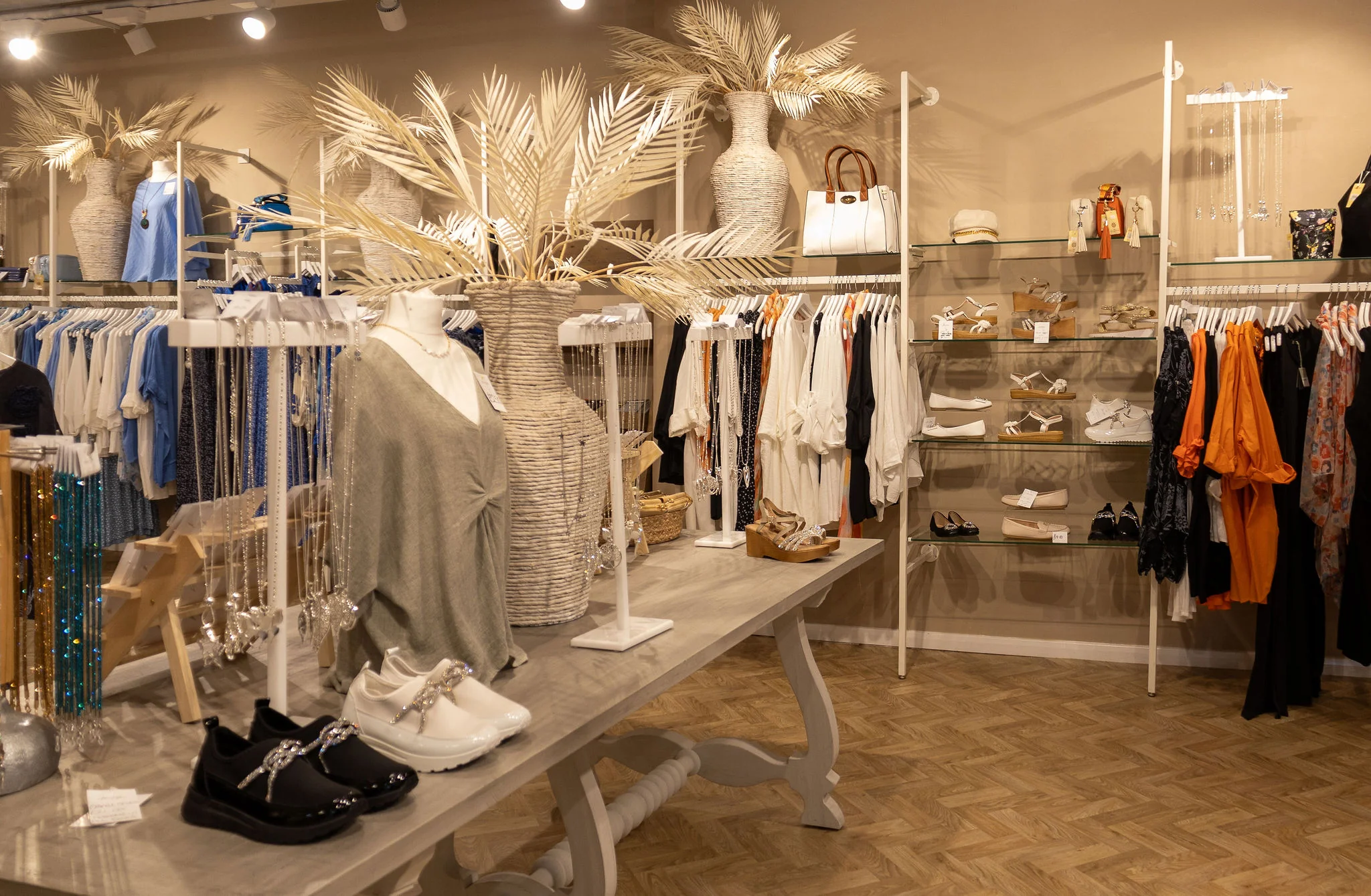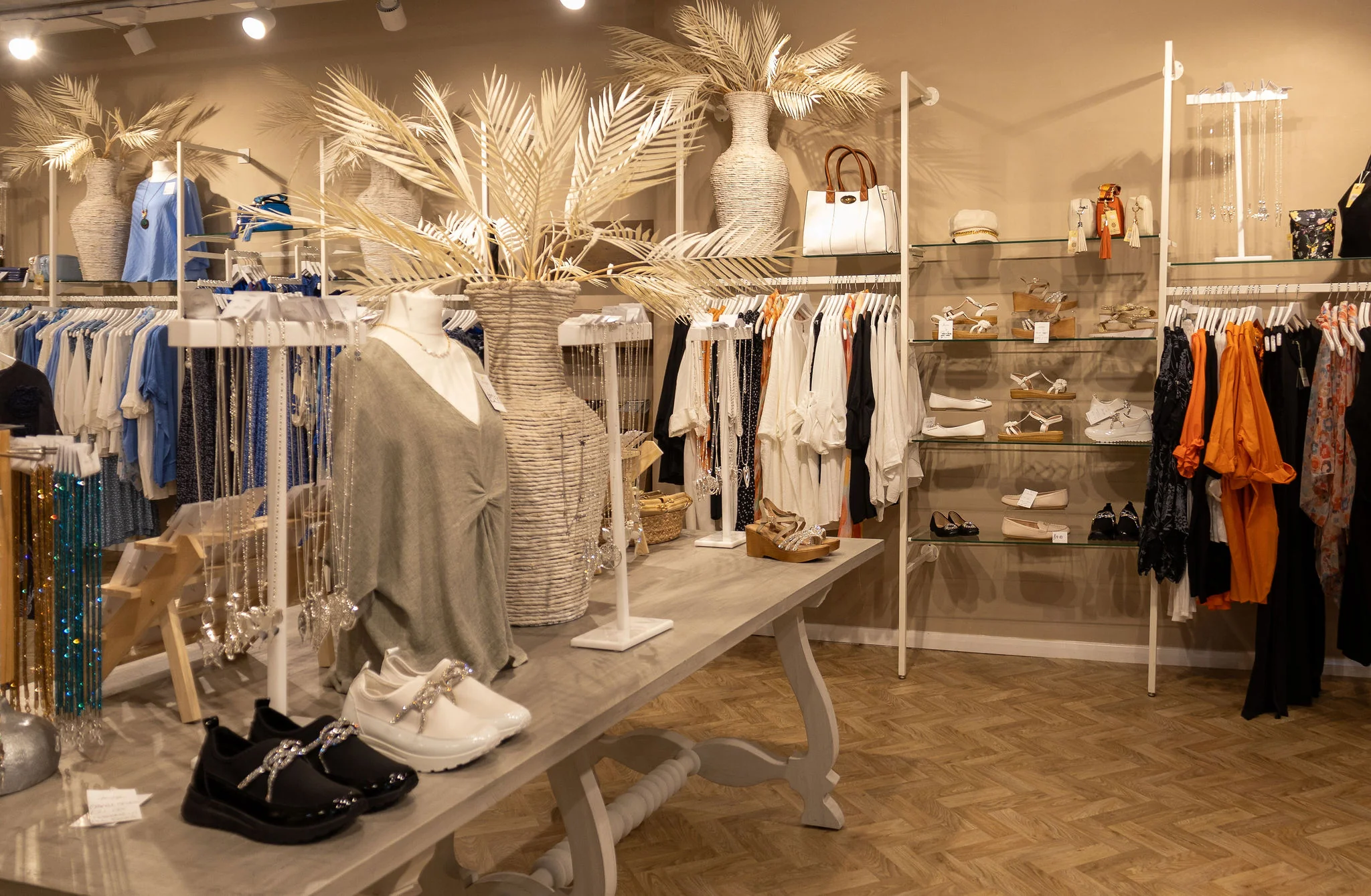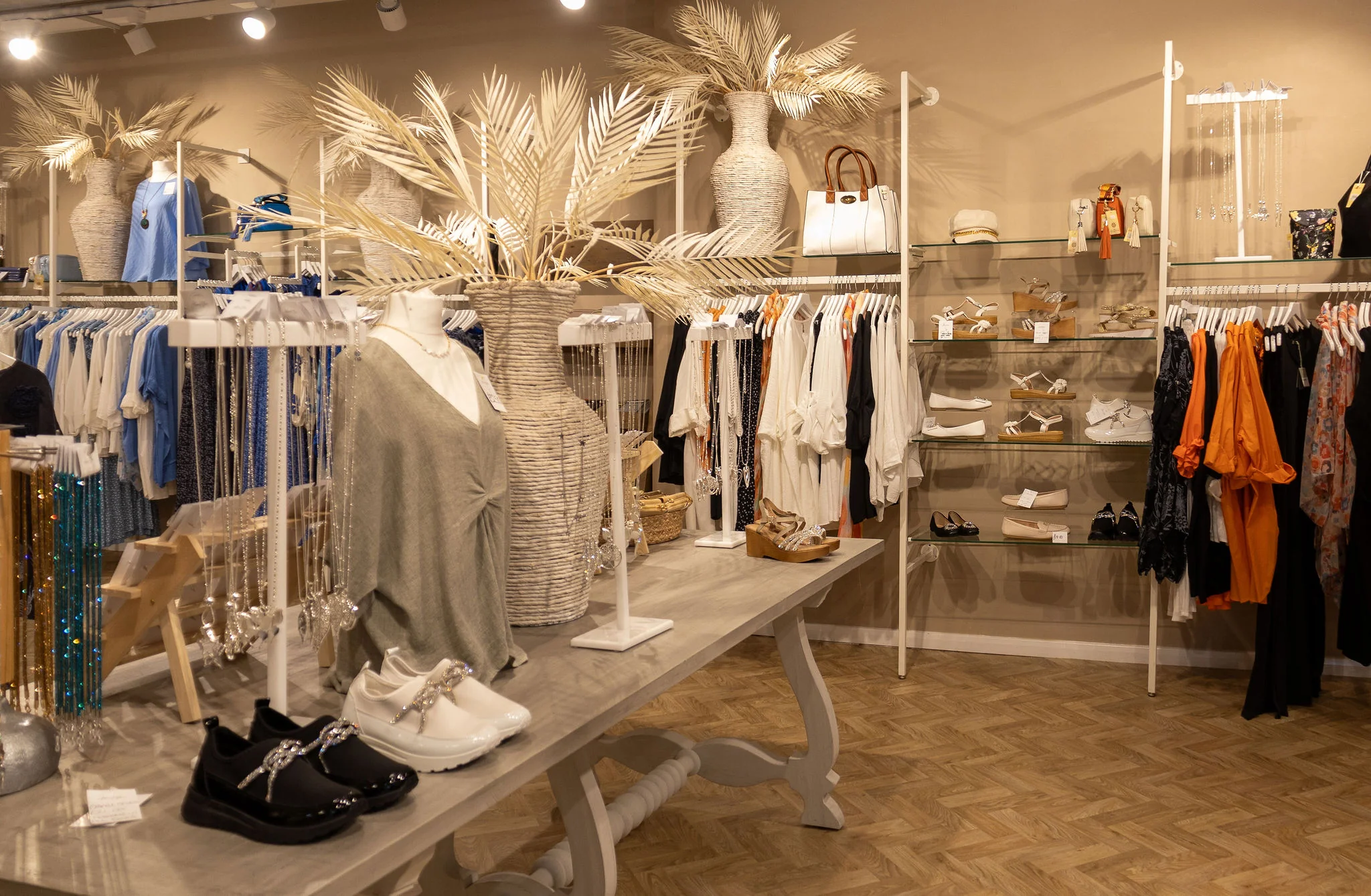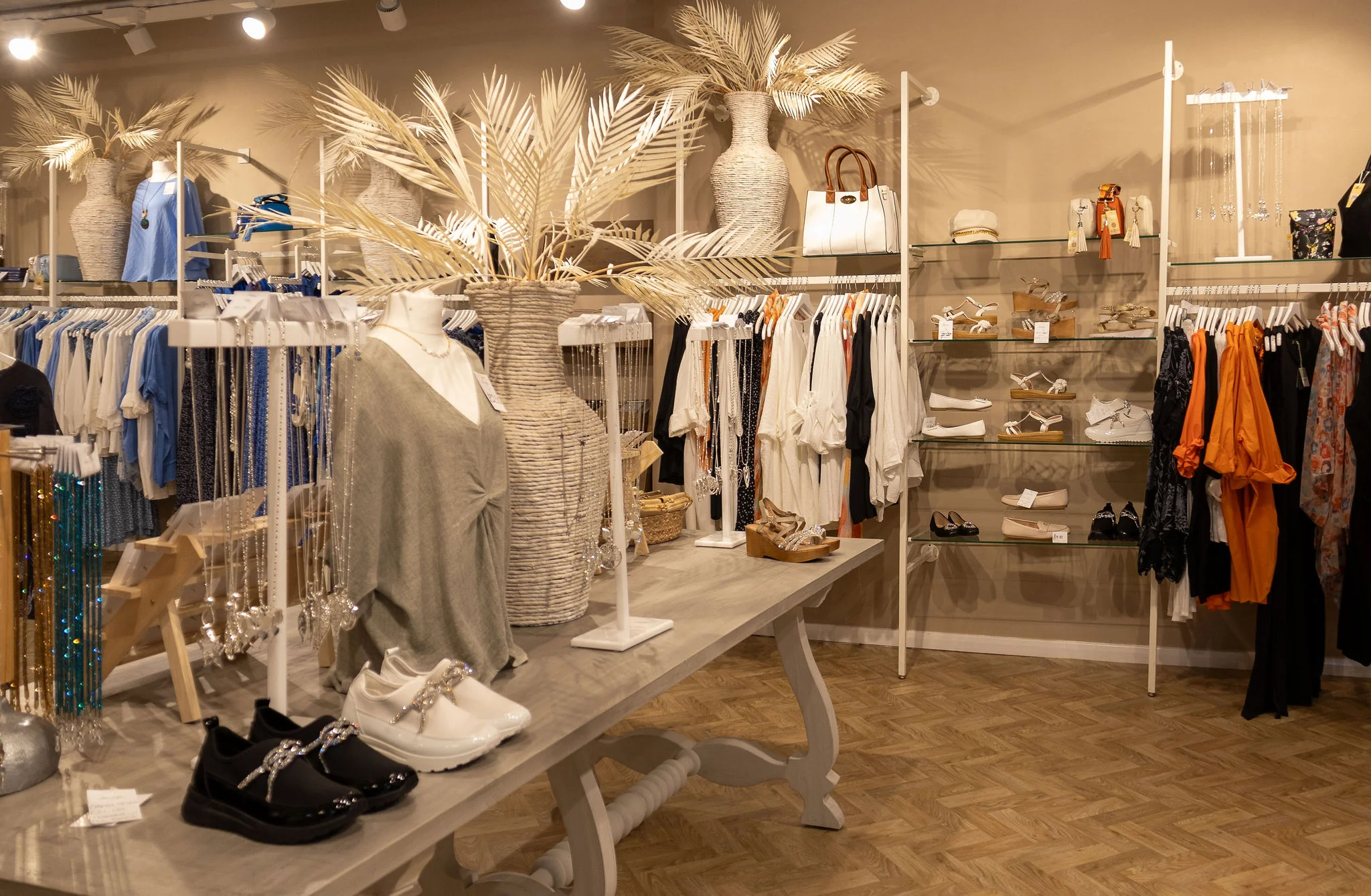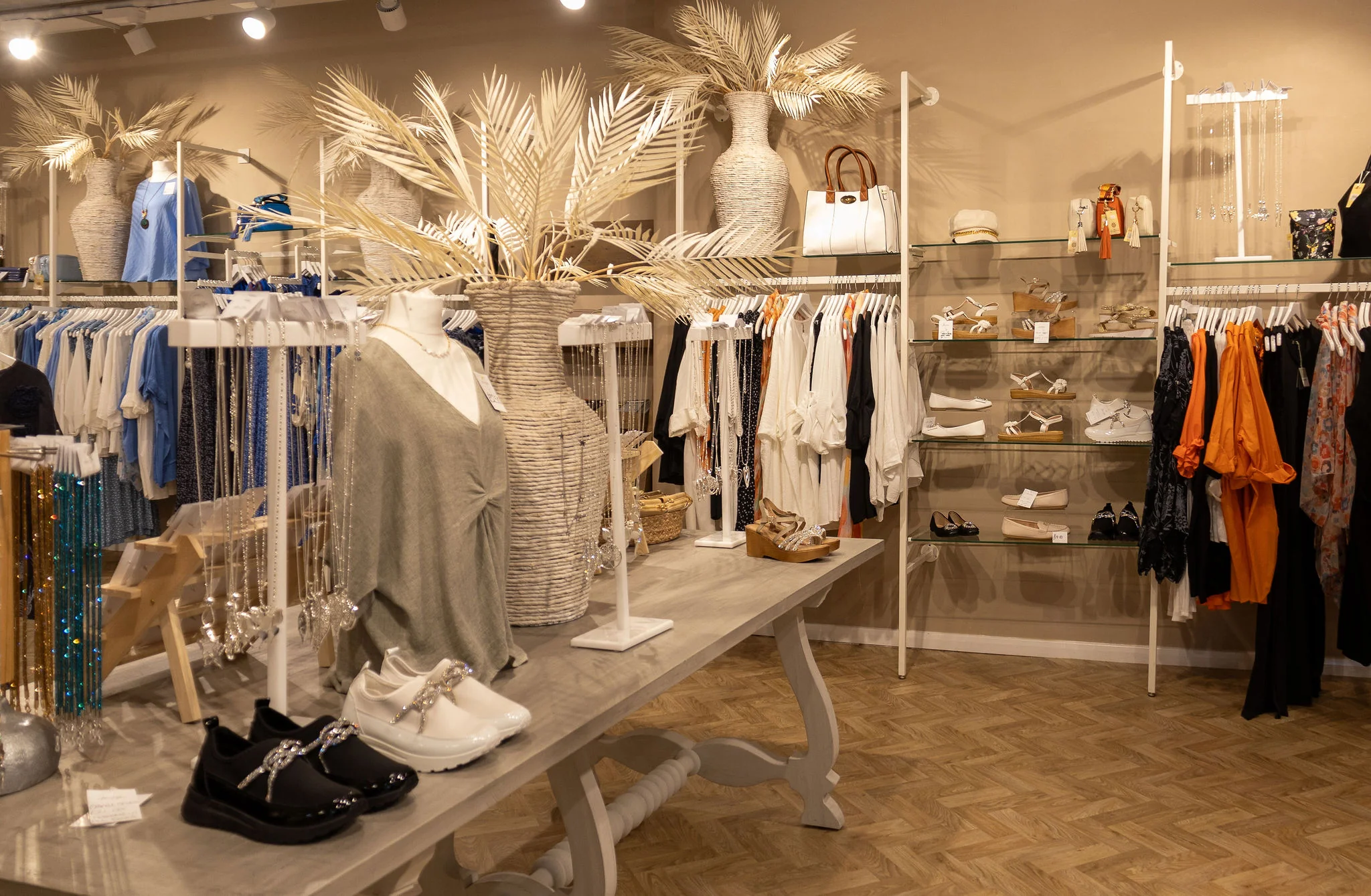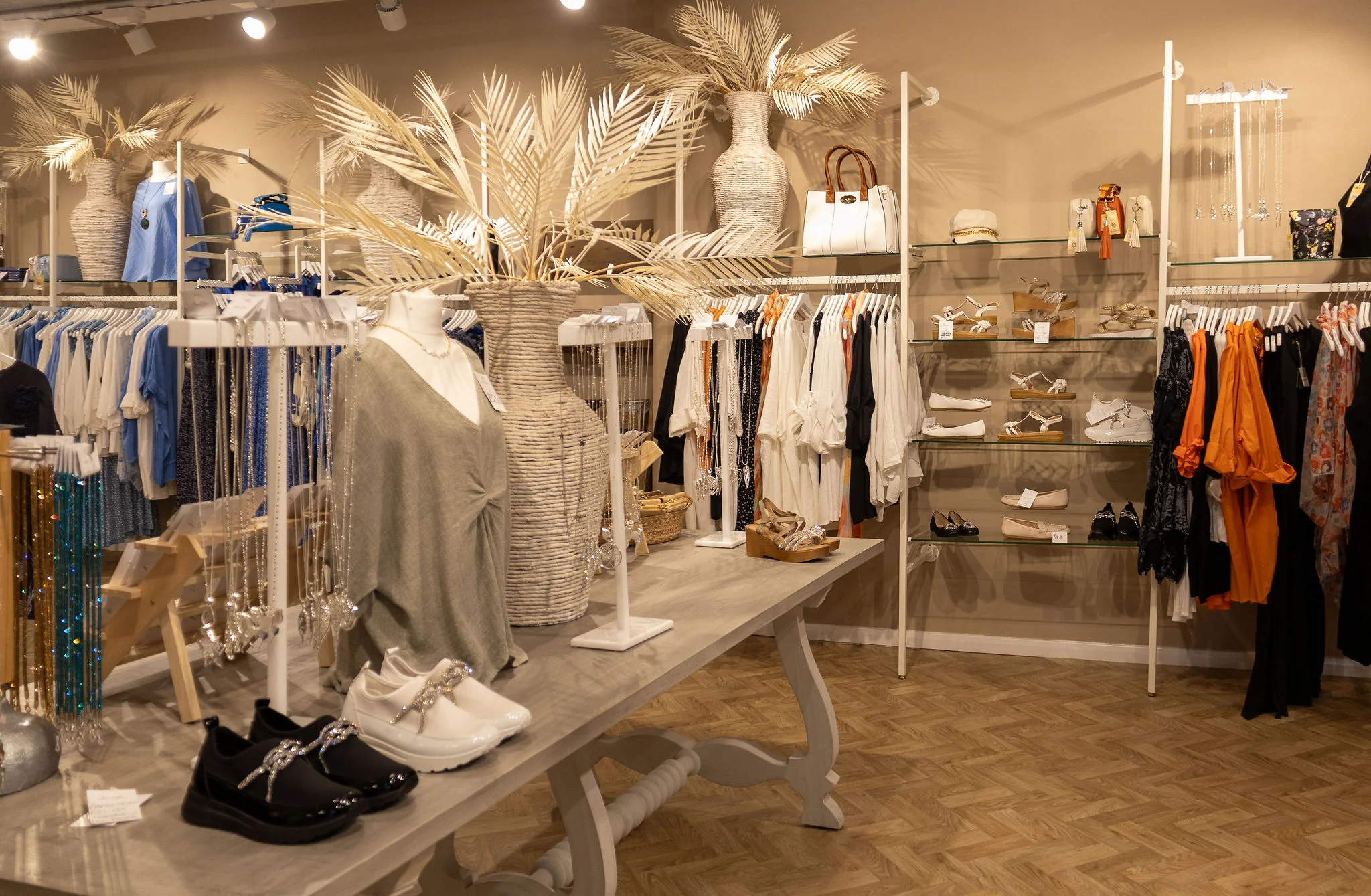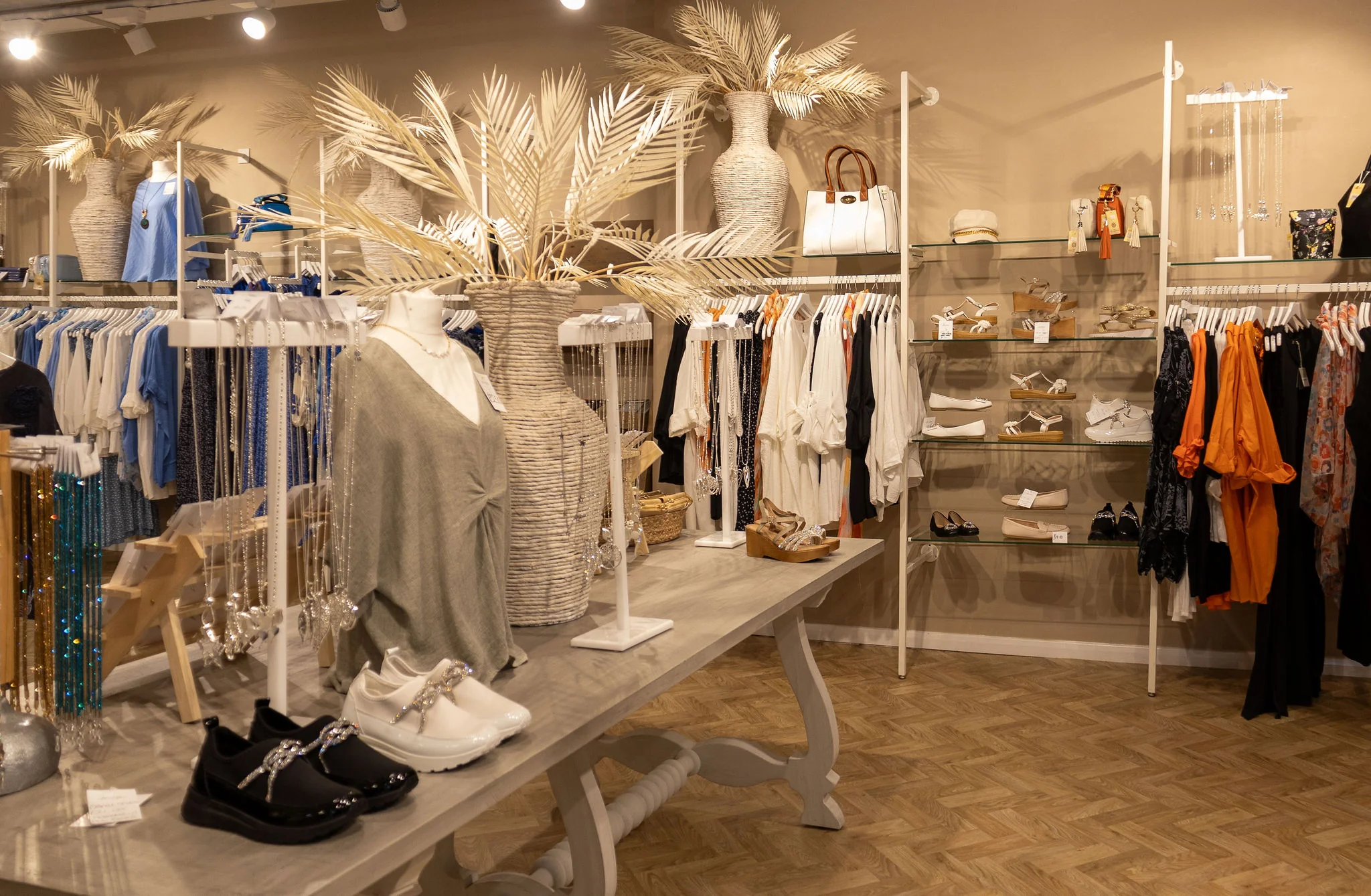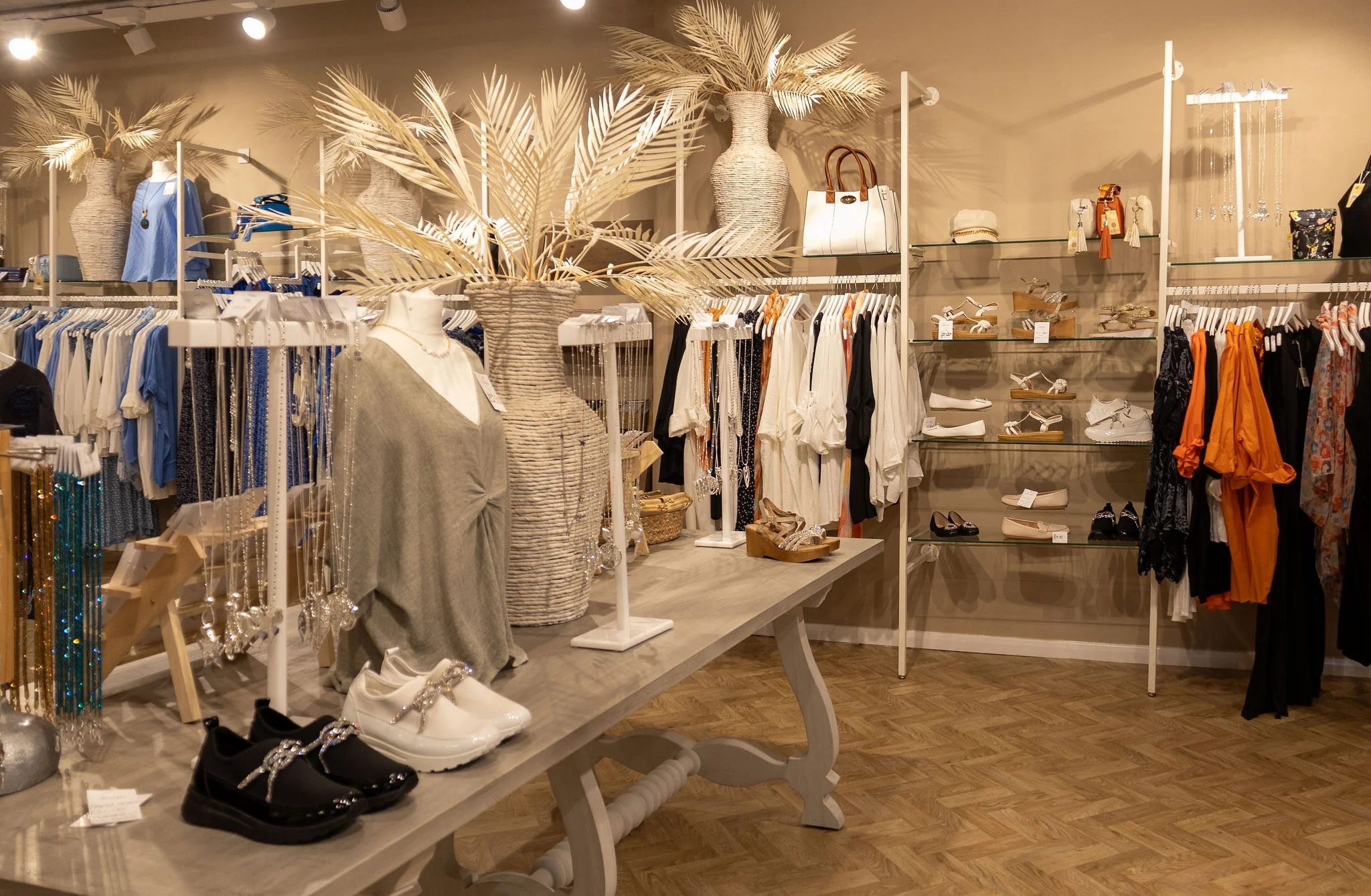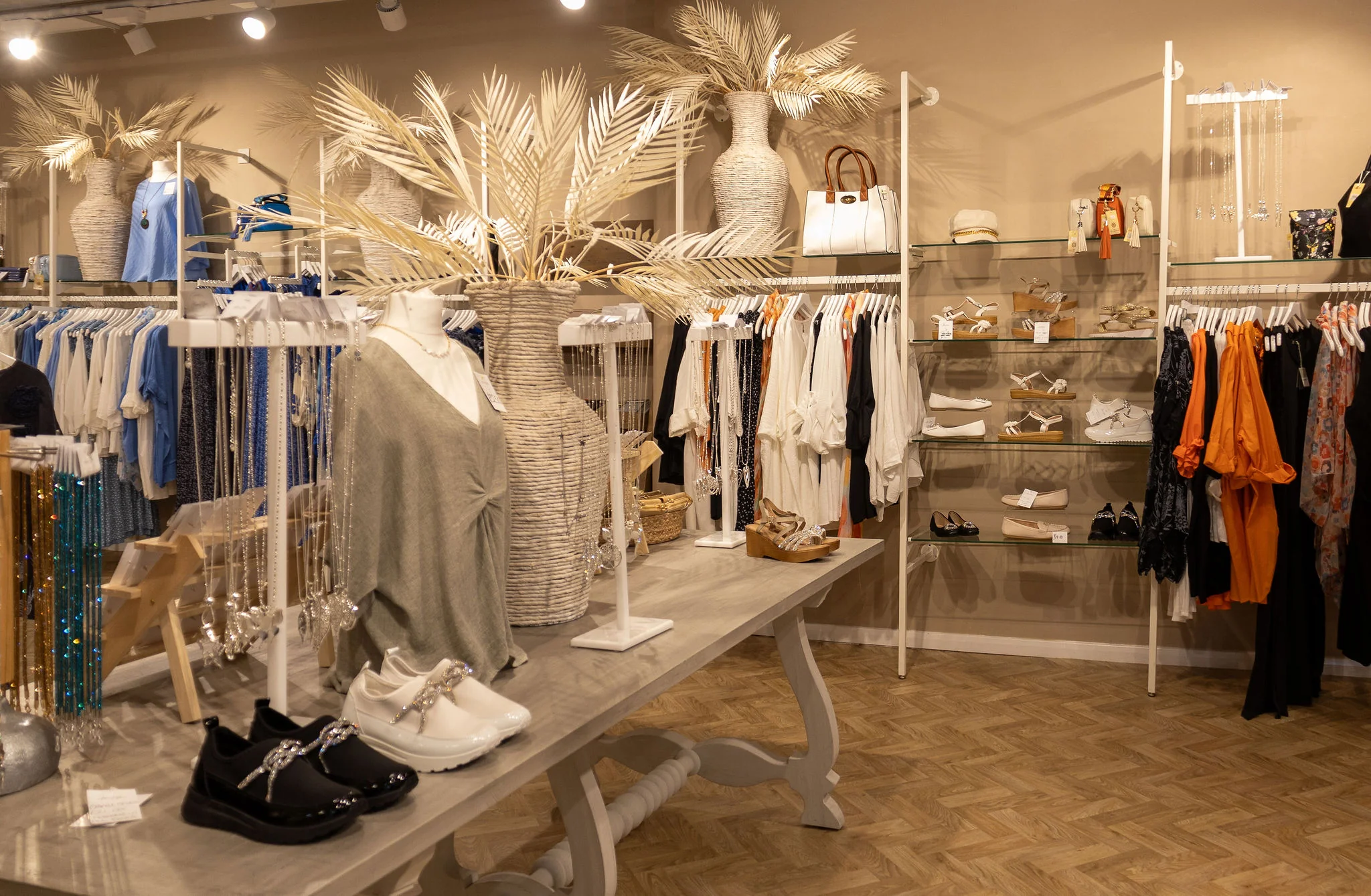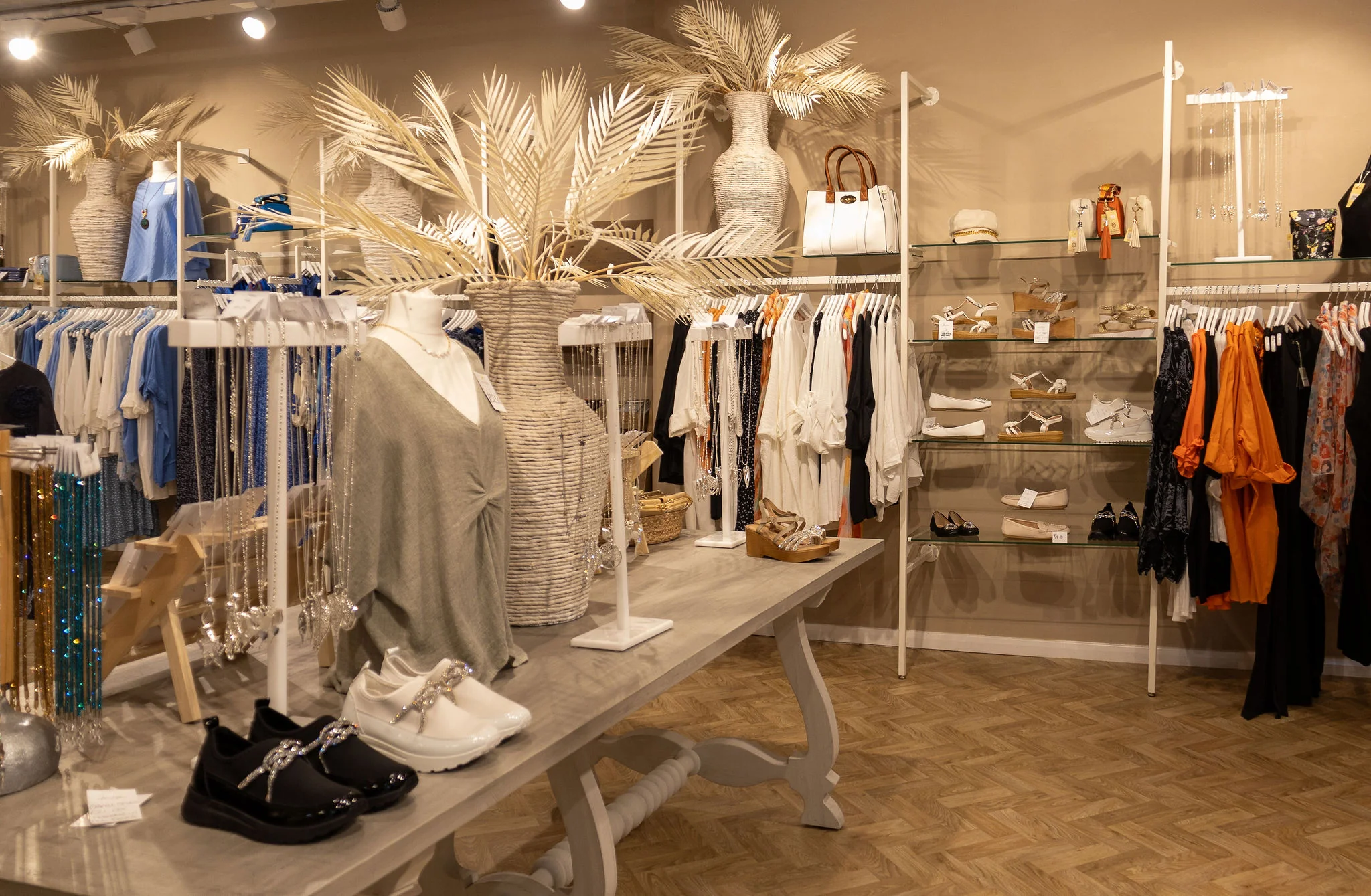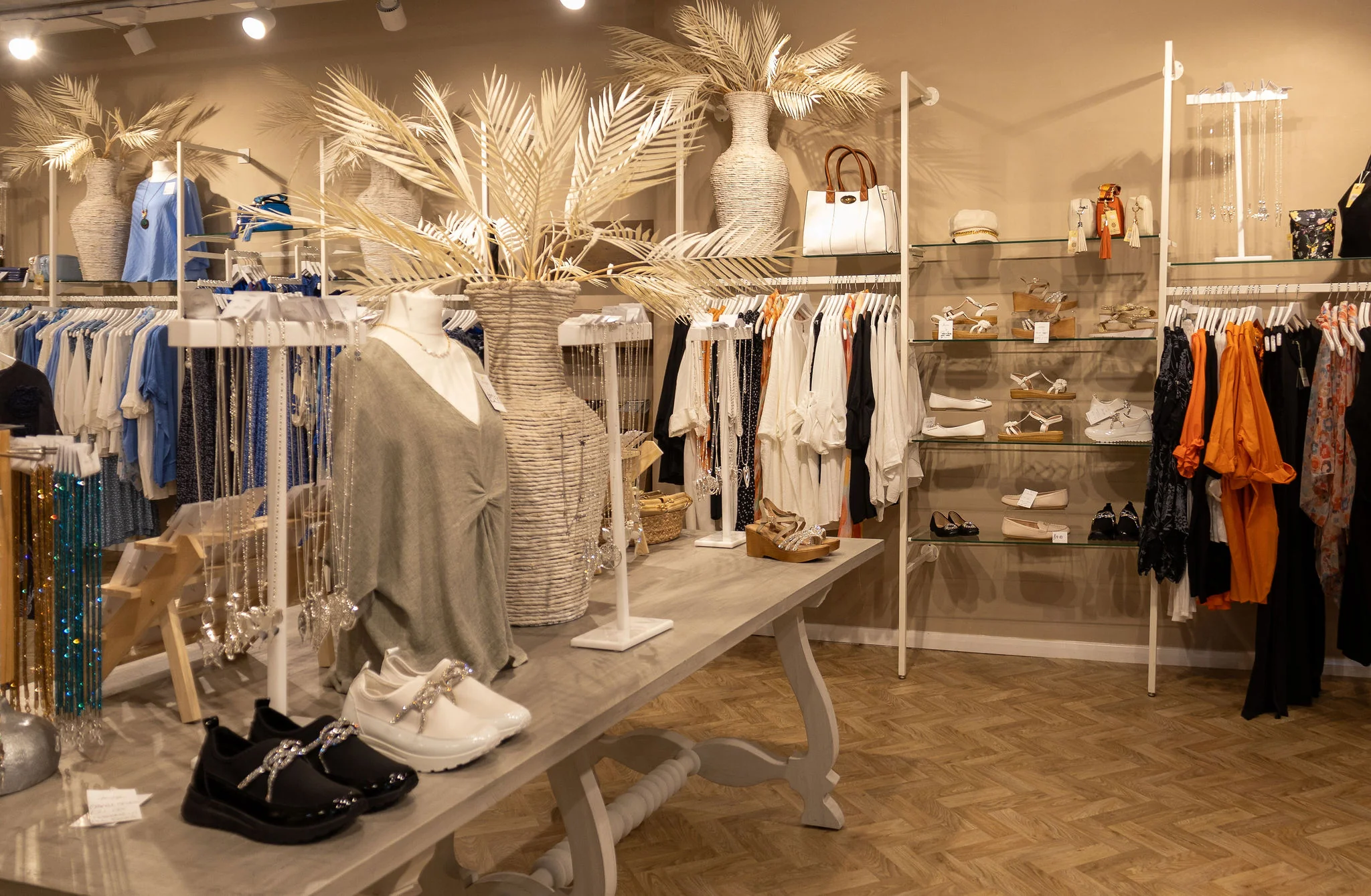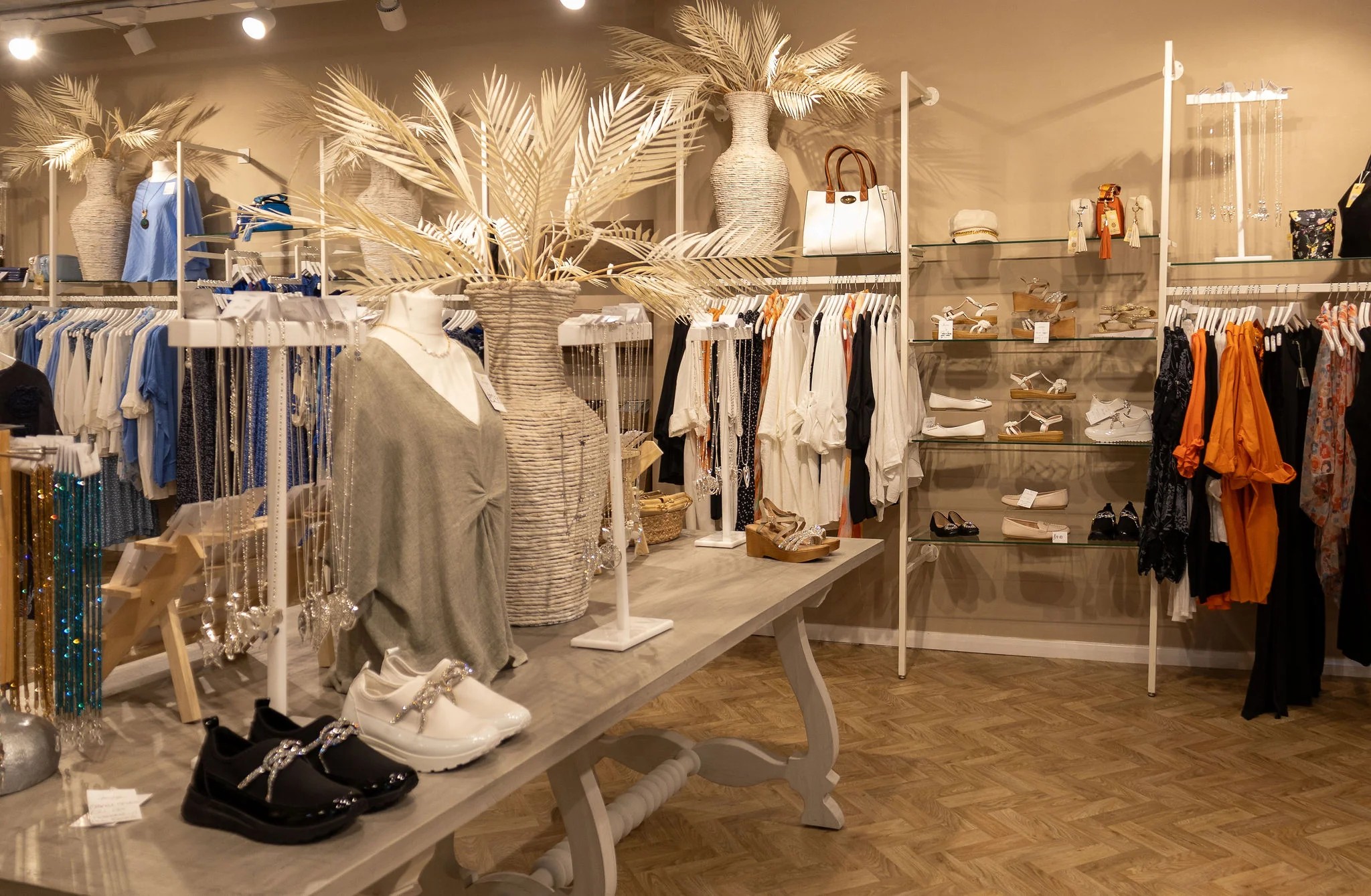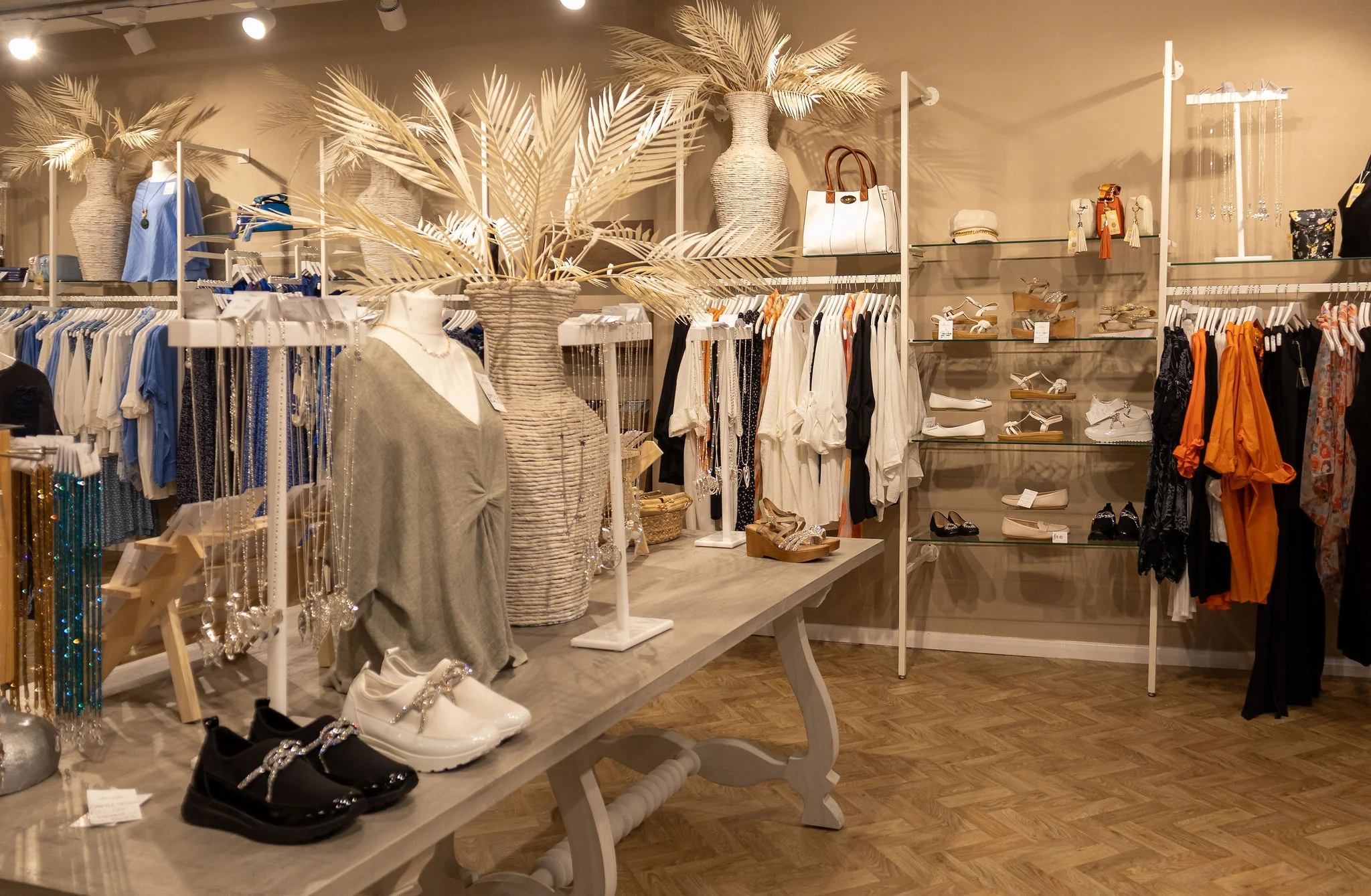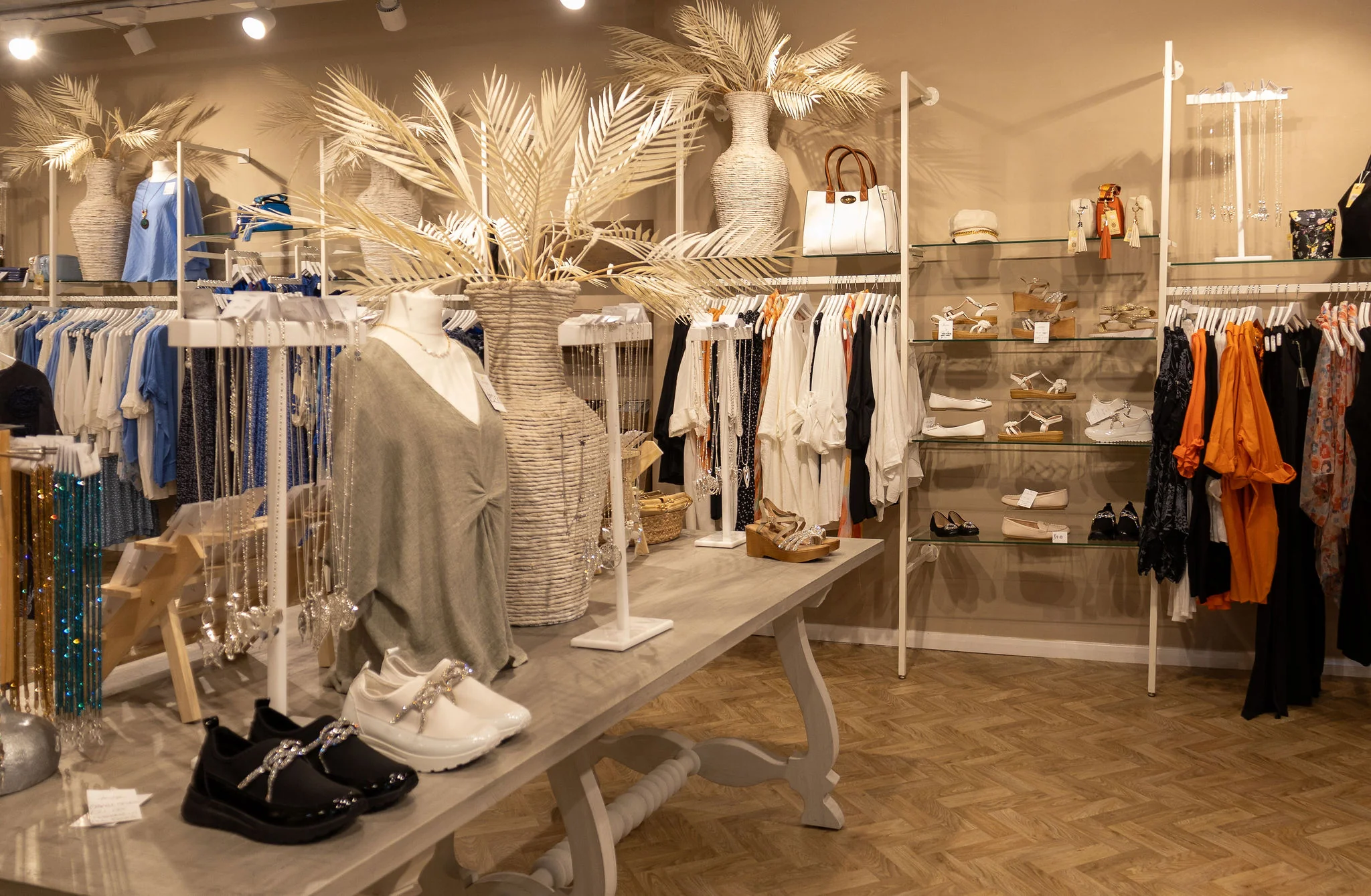Running a children's clothing shop comes with unique risks and challenges that standard retail insurance may not fully address. From …
Clothing Shop Buildings Insurance: Complete Protection Guide for Fashion Retailers
Introduction
Running a clothing shop involves significant investment in your retail premises, from shopfitting and display systems to security measures and storage facilities. Buildings insurance for clothing retailers goes beyond basic property coverage, addressing the unique risks faced by fashion retail businesses. Whether you operate a boutique, chain store, or online-to-offline clothing business, comprehensive buildings insurance protects your physical assets and ensures business continuity.
What is Clothing Shop Buildings Insurance?
Clothing Shop Buildings Insurance provides financial protection for the physical structure of your retail premises and associated fixtures. This specialized coverage addresses the unique challenges facing fashion retailers, including seasonal inventory fluctuations, high-value display equipment, changing room facilities, and security systems essential for preventing theft.
The insurance covers the building structure, permanent fixtures, shopfitting, and improvements you've made to create an attractive retail environment. For clothing retailers, this includes specialized lighting systems, security cameras, fitting rooms, storage areas, and climate control systems that protect inventory from damage.
Key Coverage Areas
Building Structure Protection
Your policy covers the main building structure including walls, roof, floors, and foundations. For clothing shops, this protection is crucial as structural damage can compromise climate control systems essential for preserving fabric quality and customer comfort.
Shopfitting and Fixtures
Specialized coverage for retail fixtures including clothing rails, display units, mirrors, changing room facilities, and checkout counters. Fashion retailers often invest heavily in creating attractive shopping environments, making this coverage essential.
Security Systems
Protection for CCTV systems, alarm systems, electronic article surveillance (EAS) systems, and security lighting. Given the high theft risk in clothing retail, security system coverage is particularly important.
Climate Control Systems
Coverage for heating, ventilation, and air conditioning systems that maintain optimal conditions for clothing storage and customer comfort. Temperature and humidity control prevent fabric damage and create pleasant shopping environments.
Electrical Systems
Protection for electrical installations including specialized retail lighting, power systems for tills and security equipment, and emergency lighting systems required for safe customer evacuation.
Storage Areas
Coverage for stockroom areas, including shelving systems, security measures, and climate control equipment that protects inventory from environmental damage.
Industry-Specific Risks for Clothing Shops
Theft and Break-ins
Clothing shops face high theft risks due to easily portable, valuable merchandise. Buildings insurance covers damage caused during break-ins, including forced entry damage, security system destruction, and structural repairs needed after incidents.
Water Damage
Burst pipes or roof leaks can cause extensive damage to clothing inventory and shop fixtures. Buildings insurance covers structural repairs and replacement of damaged fixtures, though stock coverage requires separate contents insurance.
Fire Damage
Fire poses significant risks to clothing shops due to fabric flammability and electrical systems. Coverage includes structural repairs, smoke damage remediation, and replacement of damaged fixtures and fittings.
Storm and Weather Damage
Severe weather can damage roofing, windows, and external structures. For clothing shops with large display windows, storm damage coverage is particularly important for maintaining attractive storefronts.
Vandalism and Malicious Damage
Protection against deliberate damage to your premises, including graffiti removal, window replacement, and structural repairs following vandalism incidents.
Seasonal Risks
Clothing retailers face seasonal challenges including increased footfall during sales periods, weather-related damage during winter months, and security risks during busy shopping seasons.
Benefits of Comprehensive Buildings Insurance
Business Continuity
Rapid claims processing and temporary accommodation coverage ensure you can continue trading while repairs are completed. This is crucial for clothing retailers who depend on consistent customer access.
Asset Protection
Full replacement cost coverage for buildings and fixtures ensures you can restore your retail environment to pre-loss condition without compromising on quality or customer experience.
Liability Coverage
Public liability protection covers customer injuries on your premises, essential for clothing shops where customers try on garments and move around changing areas.
Loss of Rent
If your premises becomes uninhabitable, loss of rent coverage provides alternative accommodation costs, ensuring business continuity during repair periods.
Professional Support
Access to specialist loss adjusters who understand retail environments and can expedite claims processing to minimize business disruption.
Compliance Assistance
Support with meeting building regulations and safety requirements following damage, ensuring your restored premises meet current retail standards.
Choosing the Right Coverage
Assess Your Property Value
Accurately value your building and fixtures to ensure adequate coverage. Consider recent improvements, specialized shopfitting, and current replacement costs rather than original purchase prices.
Consider Location Risks
High street locations face different risks than shopping centers or retail parks. Assess local crime rates, flood risks, and environmental factors when selecting coverage levels.
Evaluate Security Measures
Insurers often offer premium discounts for comprehensive security systems. Document your security measures including CCTV, alarms, and physical security features.
Review Seasonal Needs
Consider how seasonal trading patterns affect your insurance needs. Peak trading periods may require additional coverage or temporary increases in coverage limits.
Plan for Business Growth
Choose policies that can adapt to business expansion, additional locations, or significant refurbishment projects without requiring complete policy rewrites.
Claims Process
Immediate Response
Contact your insurer immediately after discovering damage. Most insurers operate 24/7 claims lines for urgent situations affecting retail premises.
Damage Assessment
Professional loss adjusters will assess damage and coordinate with specialist contractors familiar with retail environments to ensure appropriate repairs.
Temporary Measures
Emergency repairs and security measures are typically covered to prevent further damage and maintain basic security while permanent repairs are arranged.
Business Continuity Support
Assistance finding temporary premises or alternative trading arrangements to maintain customer service during repair periods.
Cost Factors
Location
High street locations typically cost more to insure than retail parks due to higher crime rates and increased public liability risks.
Building Age and Construction
Older buildings or those with non-standard construction may attract higher premiums due to increased repair costs and potential compliance issues.
Security Measures
Comprehensive security systems can significantly reduce premiums by demonstrating reduced theft and vandalism risks.
Claims History
Previous claims affect premium costs, though working with insurers on risk reduction measures can help manage long-term costs.
Coverage Limits
Higher coverage limits increase premiums but provide better protection against major losses that could threaten business survival.
Risk Management Tips
Regular Maintenance
Implement preventive maintenance programs for roofing, electrical systems, and security equipment to reduce claim likelihood and demonstrate good risk management.
Security Protocols
Establish comprehensive security procedures including staff training, cash handling protocols, and after-hours security measures.
Emergency Planning
Develop emergency response procedures for fire, flood, and security incidents, ensuring staff know how to protect customers and minimize damage.
Professional Inspections
Regular professional inspections of electrical systems, security equipment, and structural elements help identify potential problems before they cause damage.
Documentation
Maintain detailed records of building improvements, fixture values, and security measures to support insurance claims and premium negotiations.
Compliance Monitoring
Stay current with building regulations, fire safety requirements, and accessibility standards to avoid coverage disputes and ensure customer safety.
Frequently Asked Questions
Does buildings insurance cover stock damage?
No, buildings insurance covers the structure and fixtures but not inventory. You need separate contents or stock insurance for clothing merchandise protection.
Are changing rooms covered?
Yes, changing room fixtures, mirrors, and fittings are typically covered as part of shopfitting coverage, but check your policy for specific exclusions.
What about outdoor displays?
Coverage for outdoor displays varies by policy. Some include limited coverage for window displays, while others require separate coverage for external fixtures.
Does the policy cover business interruption?
Basic buildings insurance doesn't include business interruption coverage. This requires separate coverage or a combined policy including business interruption protection.
Are improvements covered automatically?
Minor improvements may be covered, but significant refurbishments or extensions typically require policy amendments to ensure adequate coverage.
What happens if I'm underinsured?
Underinsurance can result in reduced claim payments proportional to the coverage shortfall. Regular valuations help ensure adequate coverage levels.
Are there seasonal coverage adjustments?
Some policies allow temporary coverage increases during peak trading periods, while others require annual coverage sufficient for your highest-risk periods.
Does age of building affect coverage?
Older buildings may face coverage restrictions or higher premiums due to increased repair costs and potential compliance issues with current building standards.
Are security system failures covered?
Coverage varies by policy. Some cover security system malfunctions, while others only cover damage resulting from system failures rather than the systems themselves.
What about flood damage?
Standard policies may exclude flood damage depending on location. High-risk areas may require separate flood insurance or specialized coverage.
Conclusion
Clothing Shop Buildings Insurance provides essential protection for fashion retailers' most significant physical assets. From protecting specialized shopfitting to covering security systems essential for theft prevention, comprehensive coverage ensures business continuity when damage occurs.
The unique risks facing clothing retailers - from high theft potential to the need for climate-controlled environments - require specialized insurance understanding. Working with insurers experienced in retail risks ensures appropriate coverage for your specific business needs.
Regular policy reviews, accurate valuations, and proactive risk management help optimize both protection and costs. As your clothing business grows and evolves, your buildings insurance should adapt to provide continued comprehensive protection.
For clothing shop owners, buildings insurance isn't just about compliance - it's about protecting the foundation of your retail business and ensuring you can continue serving customers regardless of unexpected events.


 0330 127 2333
0330 127 2333

